In the previous blog post, chronicled how I broke my pinky toe and was birding Estero Llano Grande in the Rio Grande Valley with a bit of a handicap.
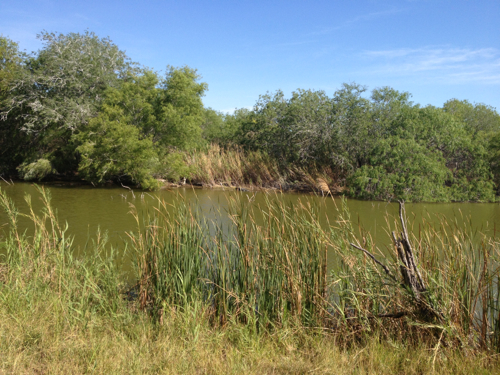
Ranger John was graciously giving me a tour of the park via tram and we picked up a few extra birders along the way. We were birding around Alligator Lake which is a known spot for anhingas, green kingfishers, herons and well...
...alligators if you can believe it! How often do see the animal a like is named for? There are a lot of Otter Lakes that have left me woefully short of otter sightings. This alligator was a huge beast--you can even see the teeth. There was a story going around that a group recently witnessed an alligator in this pond take out a nutria. Well...I found the blog entry with the photos (warning, that link is GRAPHIC), If you are like me and like to watch a good train wreck, you'll want to see those images. The above was a large gator, I wonder if that was the one that took out the nutria? If not...that means there are several huge ones in that lake. Yikes.
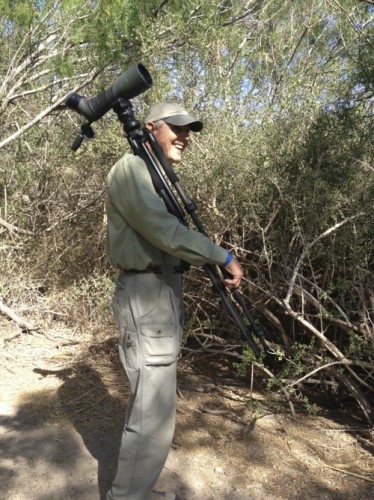 I always manage for find people generously willing to carry my scope. Even though my scope is really light and not bad to carry (unless I'm on some insane odyssey up the side of a Guatemalan volcano) folks seem to genuinely want to help me out. Above, Bob (a new birding friend) kindly offered. I'm sure my doctor wouldn't be thrilled with me carrying things around on my broken pinky toe, so I was relieved to have some help.
I always manage for find people generously willing to carry my scope. Even though my scope is really light and not bad to carry (unless I'm on some insane odyssey up the side of a Guatemalan volcano) folks seem to genuinely want to help me out. Above, Bob (a new birding friend) kindly offered. I'm sure my doctor wouldn't be thrilled with me carrying things around on my broken pinky toe, so I was relieved to have some help.
There were a few herons around like the above yellow-crowned night-heron and I imagine they all fish the lake with a bit of trepidation, they could easily wind up like the afore mentioned nutria. Other birds zipping around included scissor-tailed flycatchers, green kingfishers, little blue herons and egrets. As we were watching the birds, my coffee had worked its way through my system and I needed a restroom. I asked John if he would mind driving me back and some of the other group thought a drive to the visitor center restrooms was sensible. As we slowly made our way back, I had a text message alert. Some friends have a group messaging system they are testing for rarities. The text read, "Curlean male @ Estero by the start of the Green Jay Trail."
"Hey, John, I just got an alert about a Cerulean male at the head of the Gree..."
Before I could finish the location, he gunned it and we were on our way! Some poor aramdillo tried to crawl up on the road and as much as I would have loved to stop and get his photo, a Cerulean is a warbler I have not seen in years and waved as went by. John had us there in less than two minutes. We could see the group of birders scanning the trees and made a beeline for them. Someone from our group asked, "Hey, didn't you need to use the bathroom?"
"A cerulean takes precedence," I said. "Also, I apologize now in case my excitement at seeing this bird gets the better of me and well, I don't make it to the bathroom. This bird is worth a pee in the pants!"
We started scanning.
There mixed in with a couple of northern parulas was the cerulean warbler male. Not the best photo ever of a cerulean, but a documentable shot and I'm going to count it for my Digiscoping Big Year (the fundraiser for Friends of Sax Zim Bog is the Half Year, but I'm very curious how many species I can get photos of in a year and I'm going to take it to December). But what a treat to get a look at this bird again. I think the last time I saw one of these was before I even started blogging in 2004! I neglected to apply any bug spray before walking in the shade and ended up with some mighty fine insect welts, but it was worth it to get a look at a bird like this!
After finally hitting a restroom, John took me around to grab more bird photos at the ponds. During migration these can be filled with fun birds like black-necked stilts and all sorts of fun shorebirds from snipe, dowitchers, yellowlegs and any number of sandpipers.
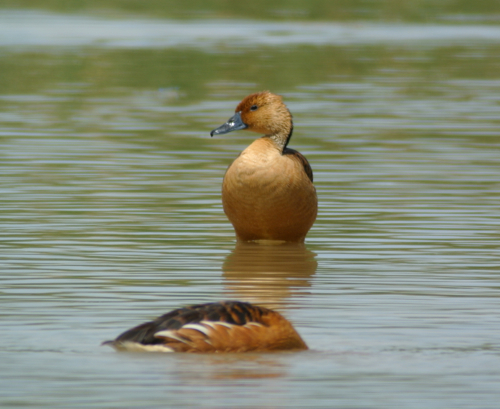 Waterfowl migration was starting to shift northwards but I was still able to get some fun target birds like the above fulvus whistling ducks. Fulvus refers to this ducks color. I learned something very interesting from John. You can black-bellied whistling ducks at this part too. The black-bellies will nest in cavities and nest boxes, whereas the fulvus nests on the ground. But this is one of the species you come to valley to see.
Waterfowl migration was starting to shift northwards but I was still able to get some fun target birds like the above fulvus whistling ducks. Fulvus refers to this ducks color. I learned something very interesting from John. You can black-bellied whistling ducks at this part too. The black-bellies will nest in cavities and nest boxes, whereas the fulvus nests on the ground. But this is one of the species you come to valley to see.
Another favorite that I got to see was a cinnamon teal! Love that bird and loved that he was mixed with some shoverelers and green-winged teal.
John eventually had to head back to do a butterfly program and I happily spent time on the shaded deck. If you like digiscopiong or taking photos in general, the deck is best in the afternoon and the sun shifts to being behind you. You can also grab some ice cream from the shop and watch birds to your heart's content! I had an ice cream and ibises in front of me: heaven.
While I was hanging out on the deck, I ran into a Minnesota birder named Alex. I think because Sun Country flies direct from the Twin Cities, this is a popular and economical destination for Minnesota birders, I run into them every time I'm here. But it was fun to hang out with Alex and watch the birds as well as catch up on each other's lives. Turns out we were both rooming at the same place for the night.
So, even though I didn't start my birding in a new place in Texas, no day at Estero Llano Grande is ever wasted. I had only planned visit for half a day, but ended up dedicating a full day there. I could easily spend a weekend in the Rio Grande Valley and just park on that deck...actually, I have done that with a girlfriend and we had an amazing girl's weekend.
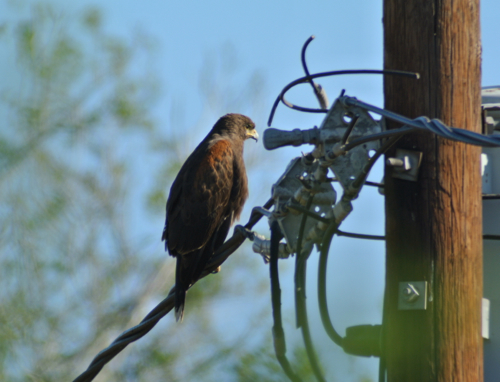 All parks are a must visit in the Valley, but I hope if you ever come here, you'll have as much fun at this one as I do. It has a little bit of everything. Even Harris's hawks!
All parks are a must visit in the Valley, but I hope if you ever come here, you'll have as much fun at this one as I do. It has a little bit of everything. Even Harris's hawks!

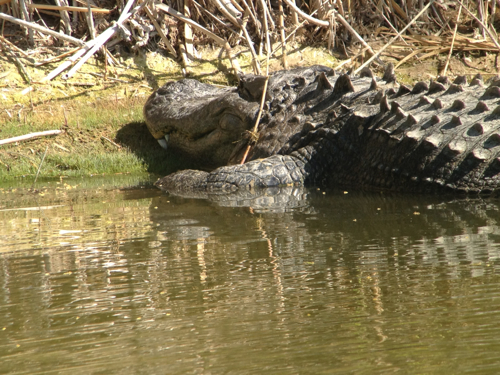
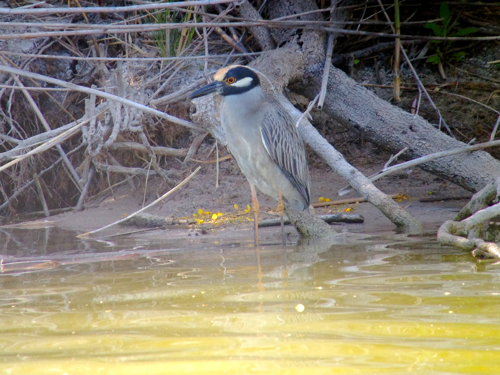
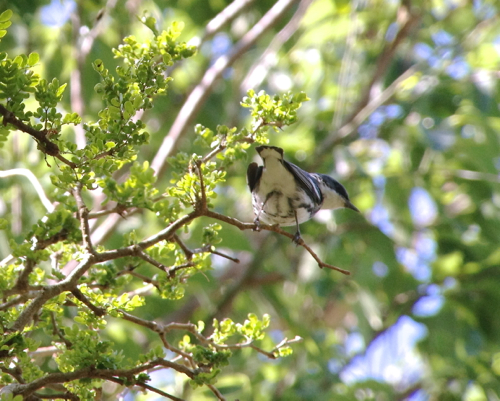
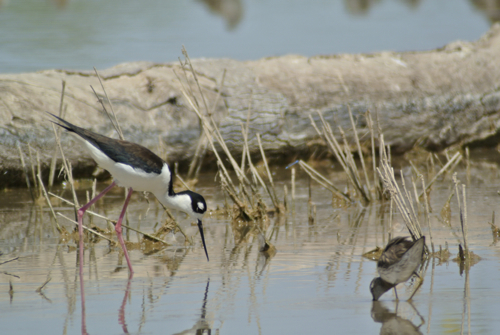
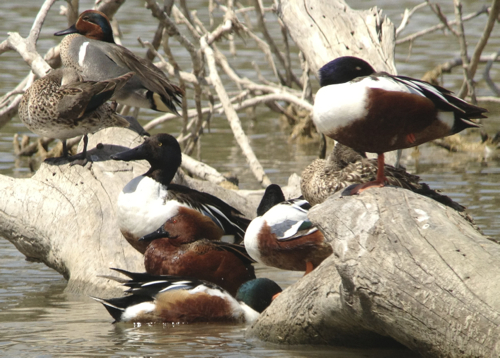
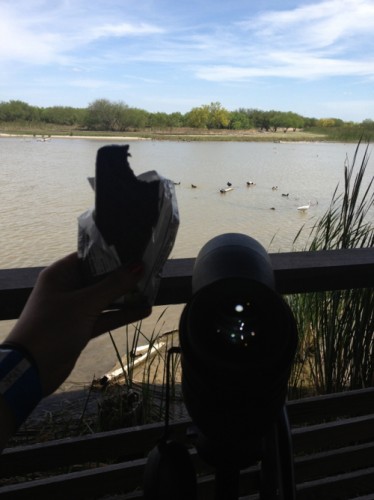
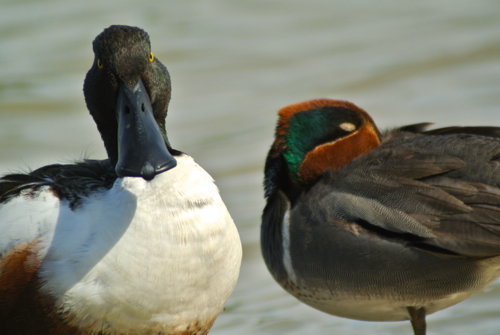

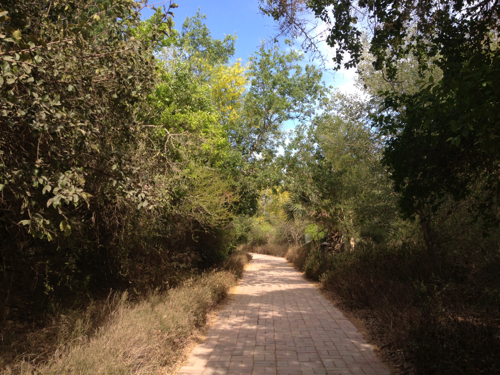
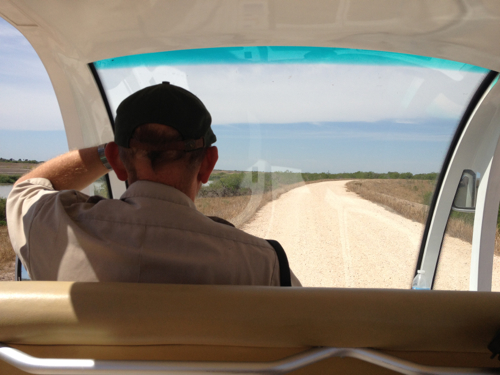
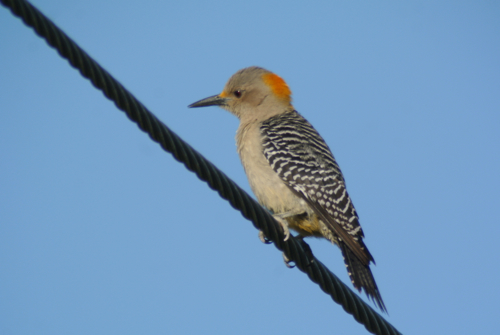
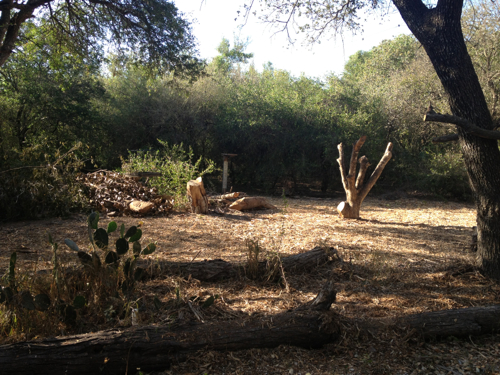
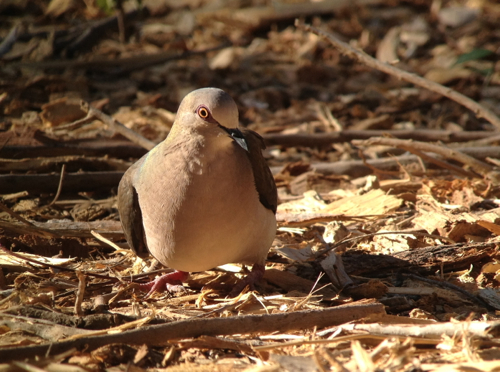
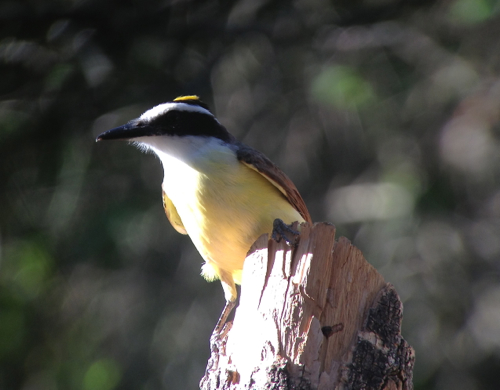
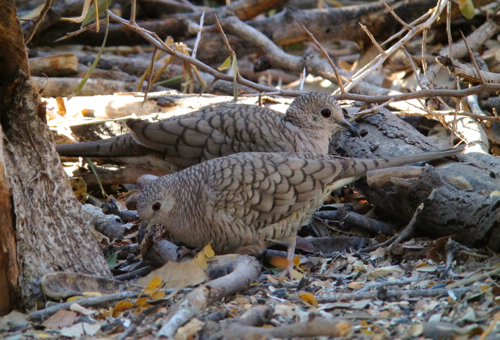
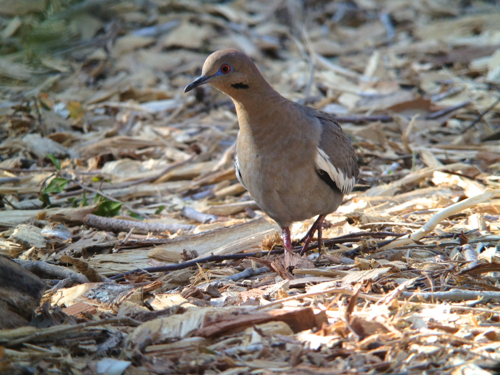
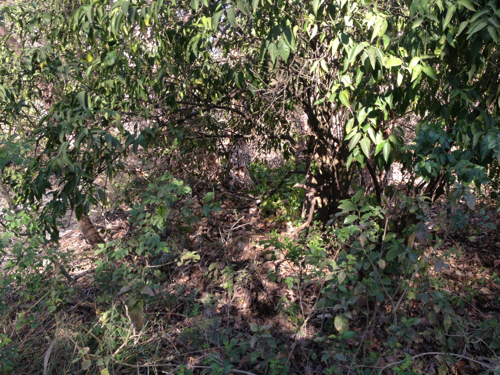
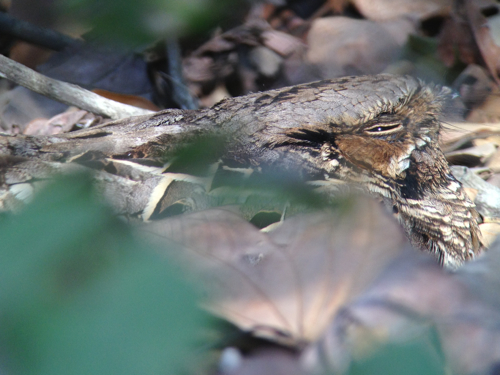
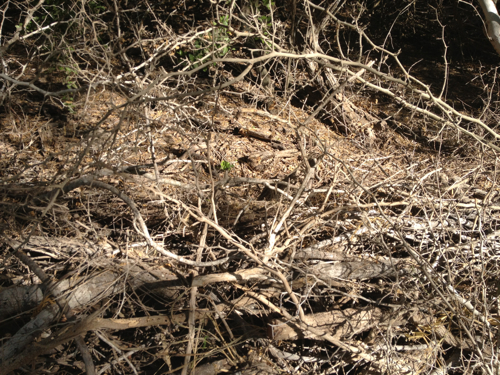
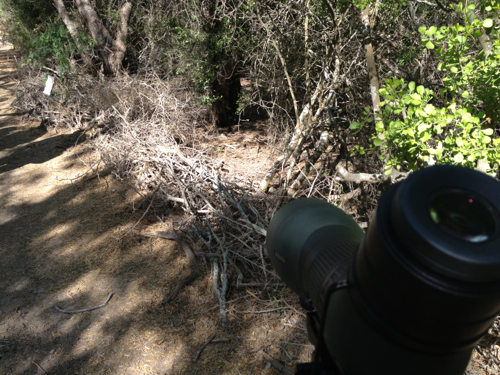
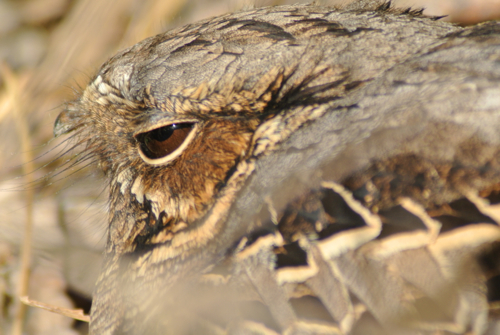
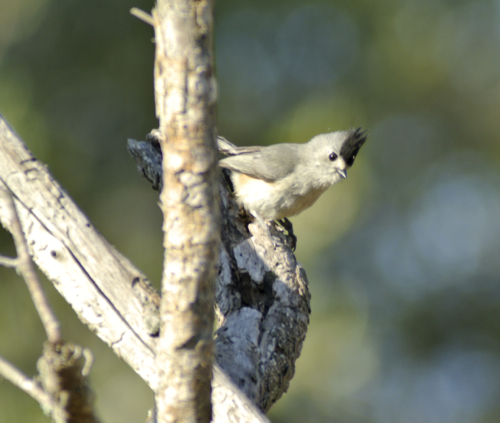
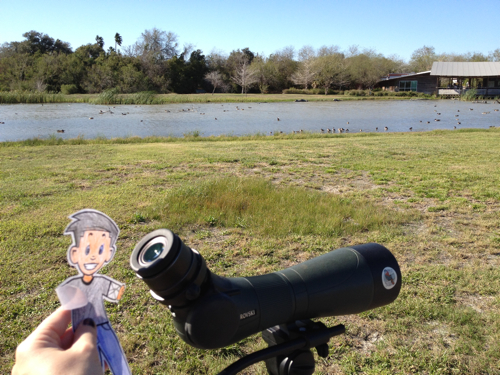
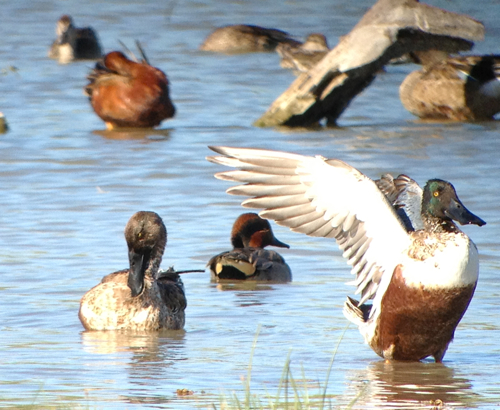
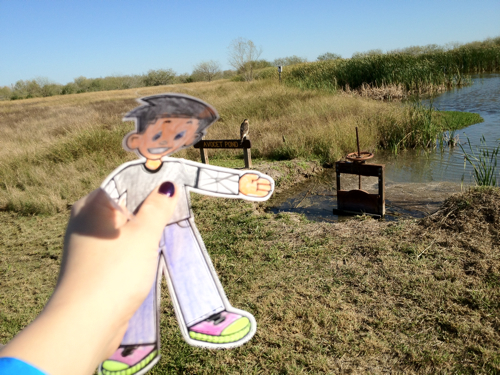
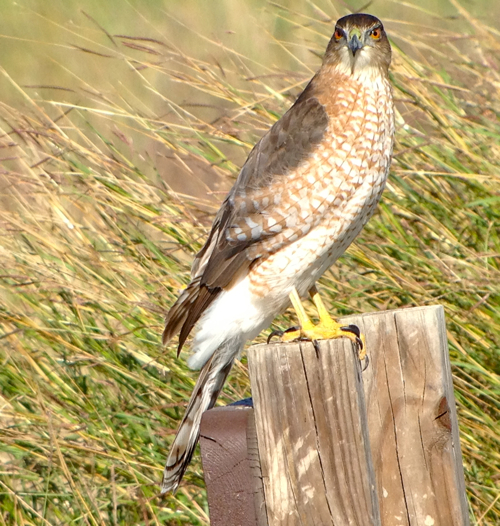
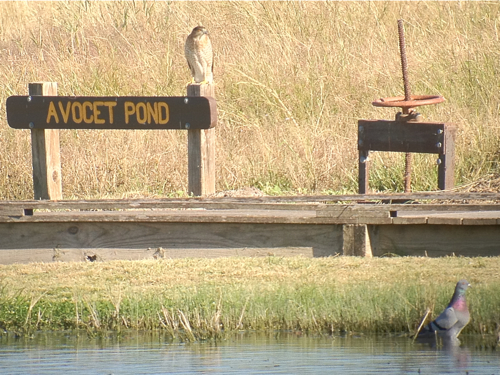
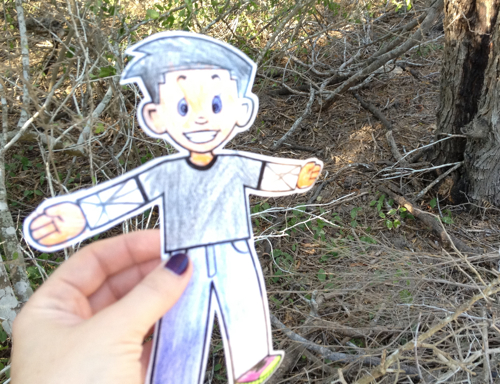
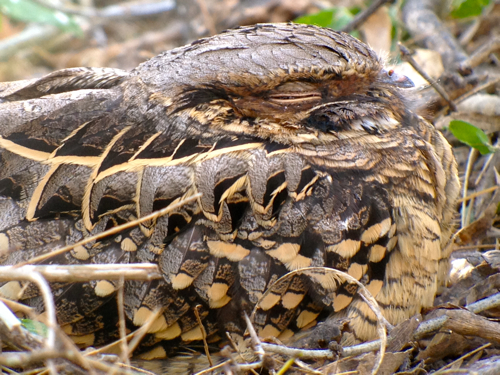
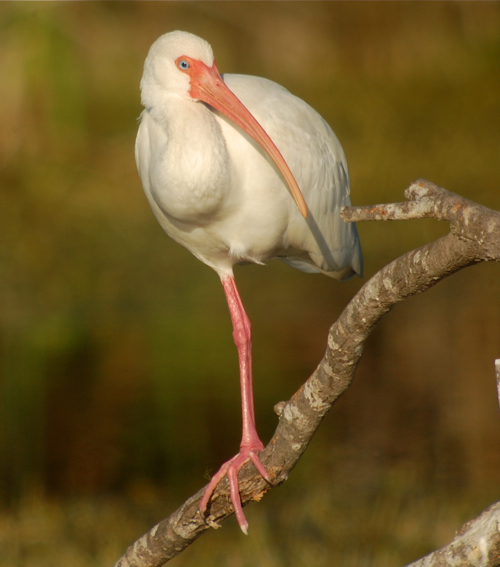
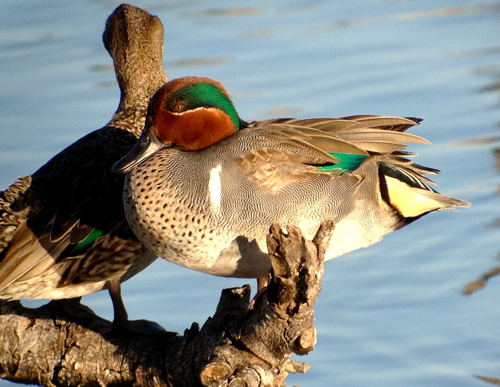
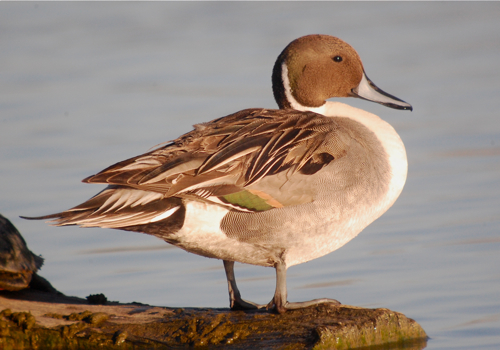
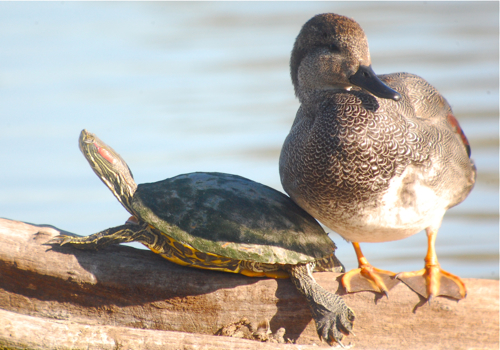
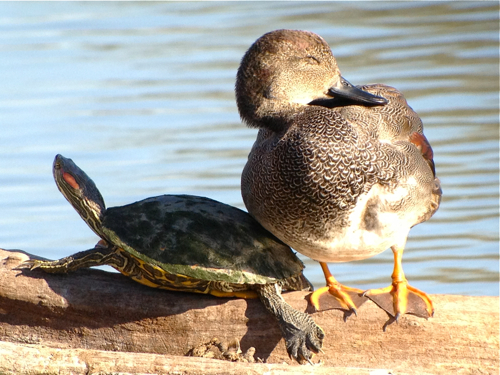
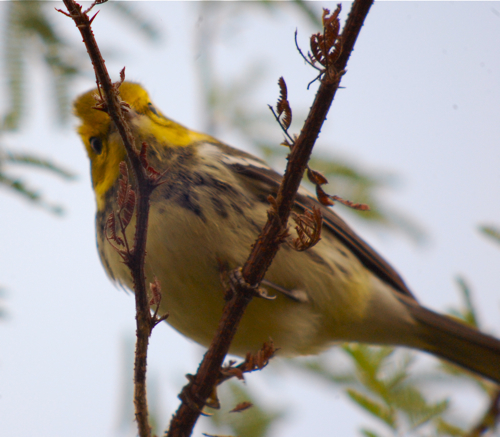 Black-throated green warbler says, "Haha, you can't see me!"
Black-throated green warbler says, "Haha, you can't see me!"